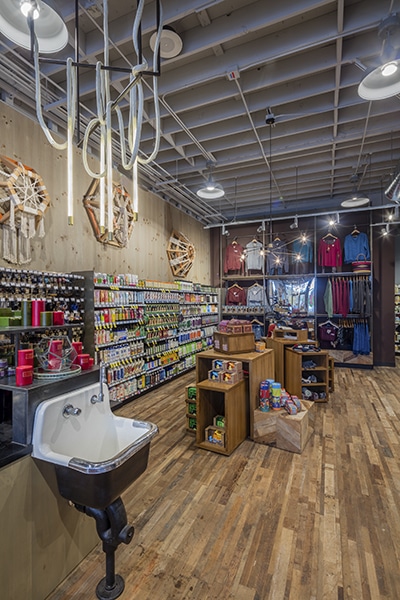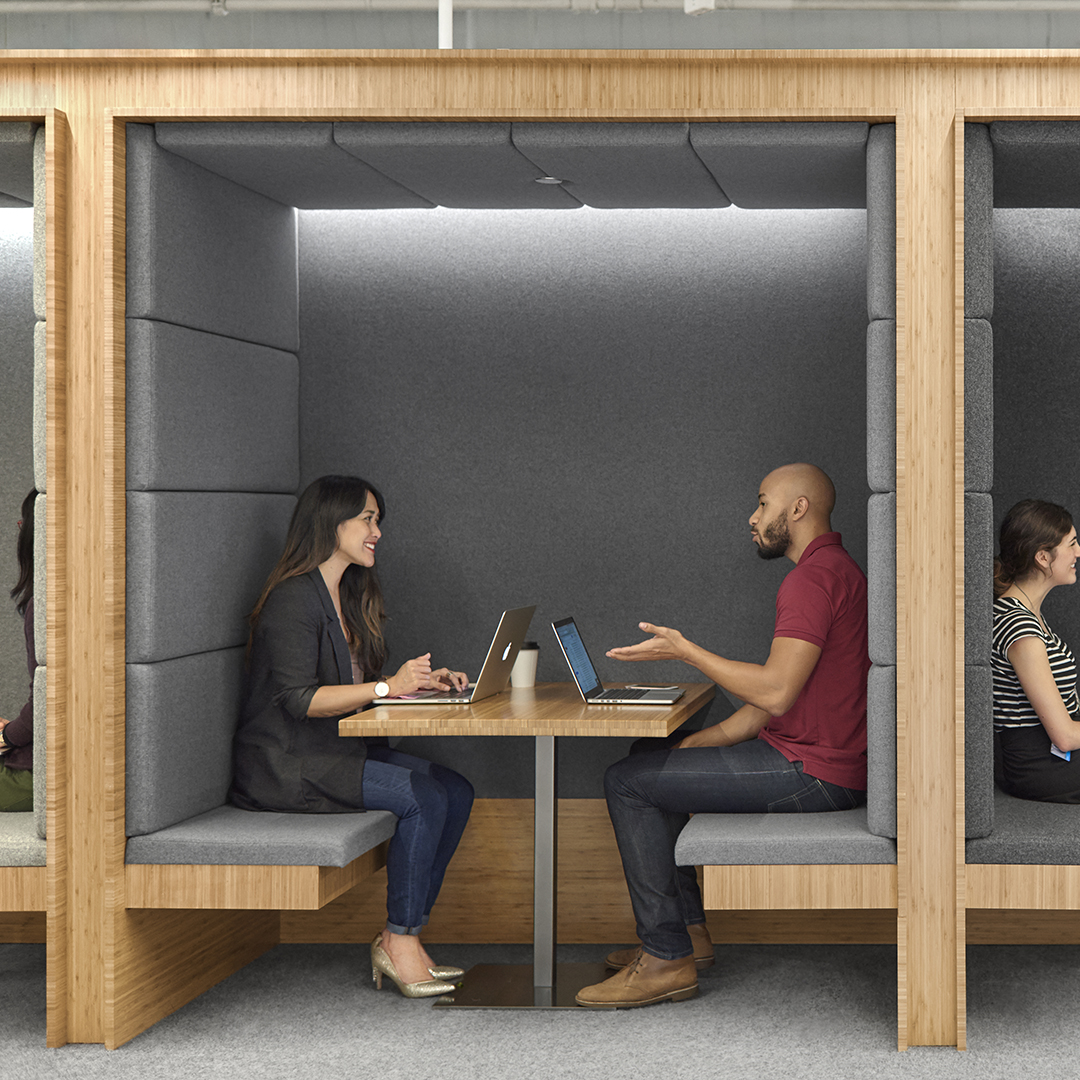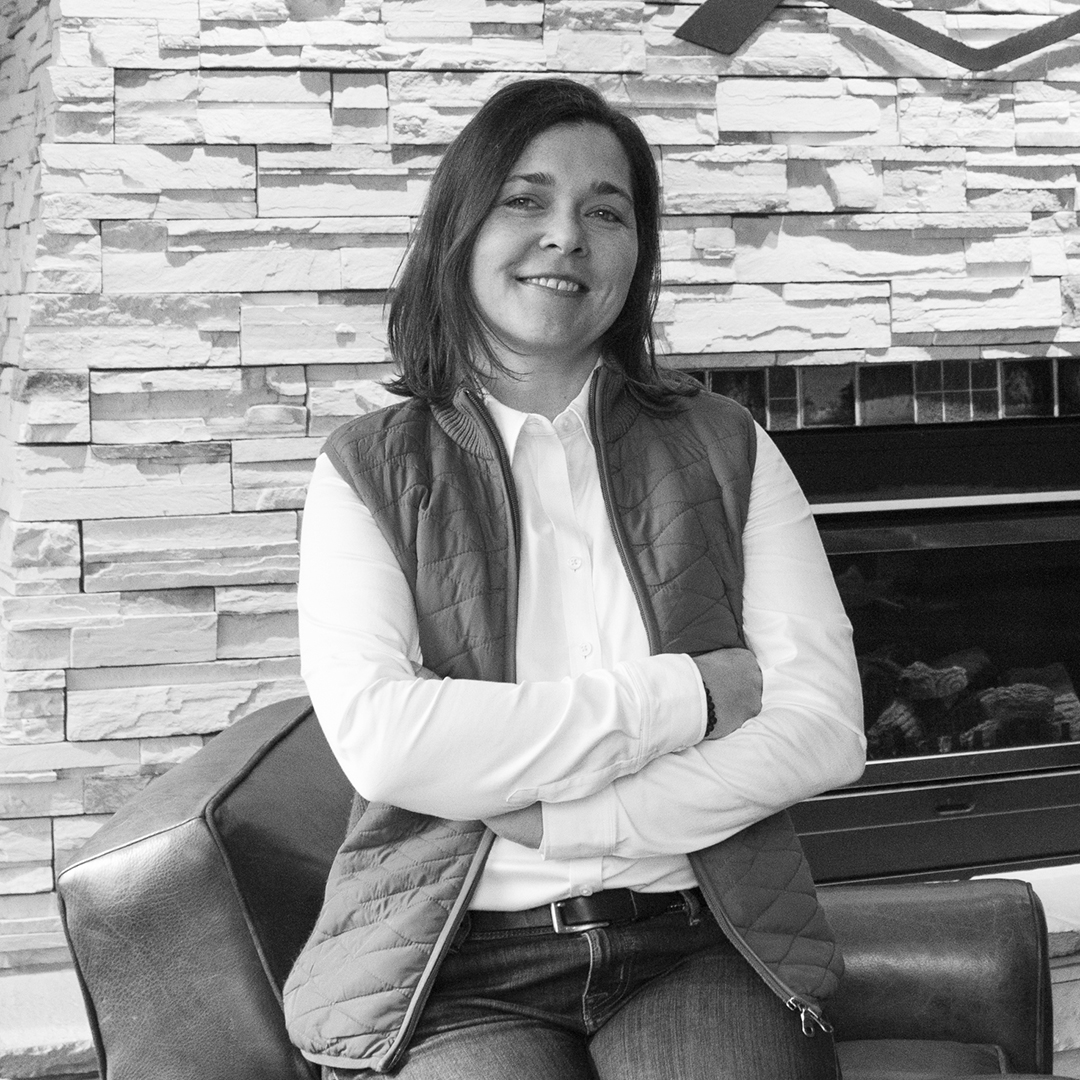It’s tough to be a leader. As senior design director for Whole Foods Market, Gabrielle Rosi is acutely aware that the company is being watched. “I was at a conference last year, and one of the speakers was from another grocery chain and specifically said they were studying Whole Foods Market, learning what they could do to copy us,” Rosi says, laughing. “What do they say? ‘Imitation is the highest form of flattery?’”

The imitation also makes good business sense, though, considering that Whole Foods Market has blossomed over the decades from a burgeoning organic supermarket chain into one of the most influential brands in the world in terms of customer experience and store design. Rosi has watched this transformation over the course of 25 years with the company, and she’s also had an impact on it herself, pushing an environmentally conscious approach to design while working with the operations team and architects to bring many of Whole Foods Market’s innovative and eco-friendly stores to life.
“One thing that’s kept me going at Whole Foods Market is definitely the culture, lead by our core values,” Rosi says. “When I started in customer service, I felt really aligned and at home with my fellow team members. Everyone believes in doing good for people’s health and the planet and all these really altruistic values that Whole Foods Market has that align with my personal values.”
Rosi says a great deal of Whole Foods Market’s success—including her own—comes from the cues it takes from the communities in which it plans on operating. She and her team therefore make sure to get boots on the ground to understand each community. “It’s not just geographic metrics,” Rosi says. “We look at demographics, local businesses, and even our team member base. But, we also want to be able to bring trends we see along the culinary lines into a new community.” In short, it’s an important balance between representing the local culture and introducing new and value-adding components to the community.

In Denver, for example, the company’s Rocky Mountain team introduced a local macaroni and cheese bar, and it has been so successful that the team is considering deploying it in other new stores in college towns or in areas with more families. More recently, in Northern California wine country, Rosi has explored designing stores that draw on local architecture as well as the area’s oenophilia. This sort of customization can be an extraordinary amount of extra work. “When I say it’s a one-off or that we’re customizing this one particular area, people often look at us like we’re a bit crazy, especially when you’re talking about 40,000-50,000 square feet,” Rosi says, adding that a great deal of preplanning has to take place so as not to get lost in the weeds. Her streamlining of her team’s workflow has helped it perfect designs that—while customizable—are still able to fit in multiple stores.
Rosi has opened more than 60 stores across the country for Whole Foods Market and overseen countless remodels, and her current Northern California portfolio is 45 stores, with three more in development. The San Jose store she worked on includes California’s first in-store microbrewery, and Rosi knew from the start that it would be an amazing contribution, especially given the store’s proximity to the SAP Center, where the San Jose Sharks play and top concerts are held. “The store has also won a few AIA design awards, and getting that sort of recognition from our peers and in the architectural community is obviously really great,” Rosi says.
After 25 years, one might think Rosi would be worried about running out of ideas, but it seems quite the opposite is true. “I really don’t know what it’s like not to work this way,” Rosi says, laughing. “I don’t know what it’s like to churn out the same every day, and I hope I never do at Whole Foods Market.”
“Ideas from Everywhere”
“Being a value-based company, we use our leadership principles every day, whether we’re discussing ideas for new projects or deciding on the best approach to solving a problem,” says Gabrielle Rosi, Whole Foods Market’s senior design director. “We take ideas from everywhere. Sometimes a team member that is working in the deli or in the seafood department will come up with an innovative idea, which can be the incubator for a much greater idea that could have traction and really distinguish us in terms of concept.”
Along with this, Whole Foods Market believes in making as many ecologically friendly business decisions as possible, and Rosi believes the company’s mission goes much further than that of big-box retailers, whose net-zero stores, only done a few times, largely function as PR stunts. “One of our core values is sustainability,” she says, “and we’re on the forefront of making changes in the grocery industry as a whole.”
Among the industry-leading green practices the company has embraced are gray-water reclamation, solar paneling, recycling, composting, use of 100 percent LED lighting, and LEED certification. The company is also working ahead of any national legislation to introduce natural refrigerants in its stores, and it’s working on the first WELL-certified grocery store in the country.


